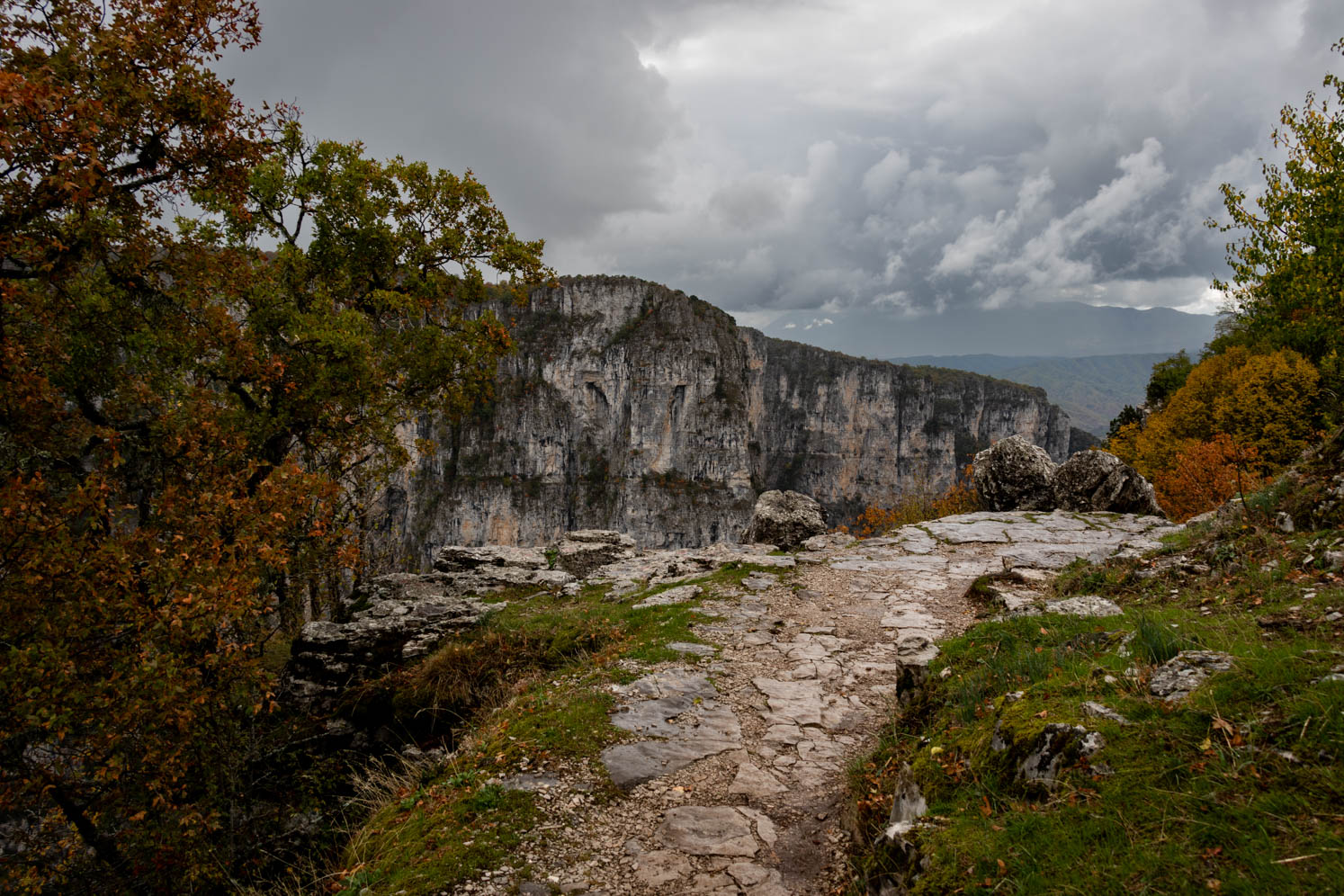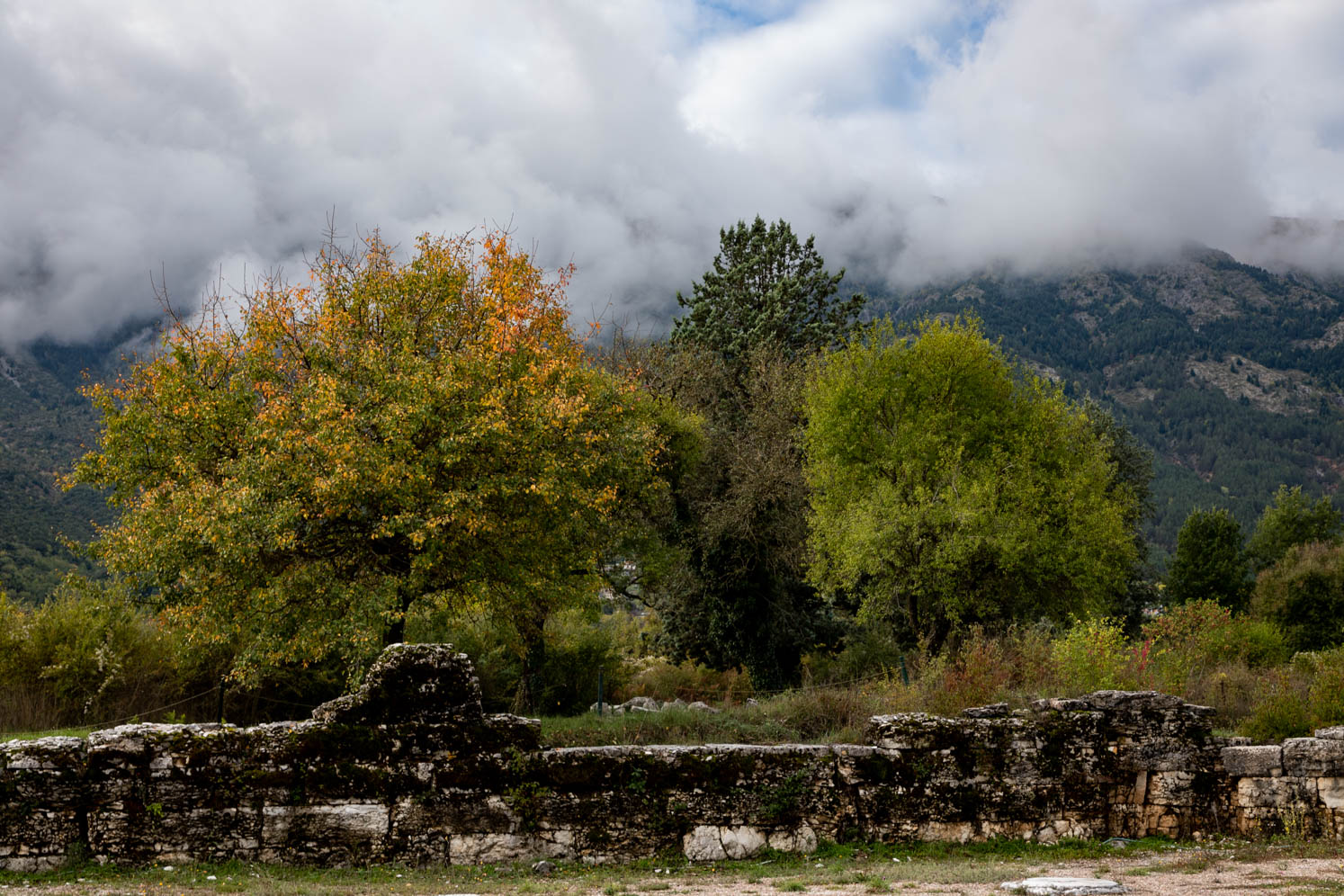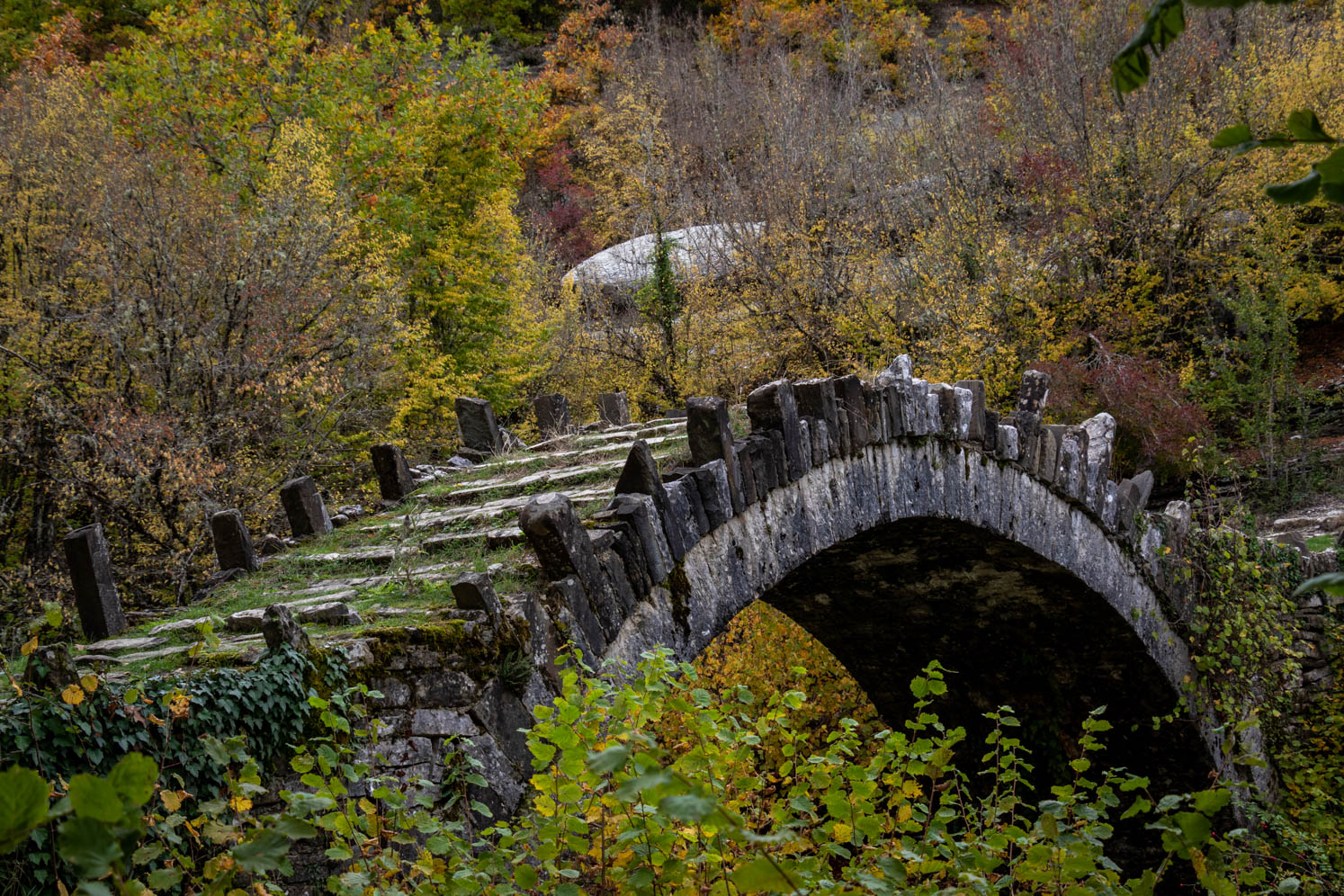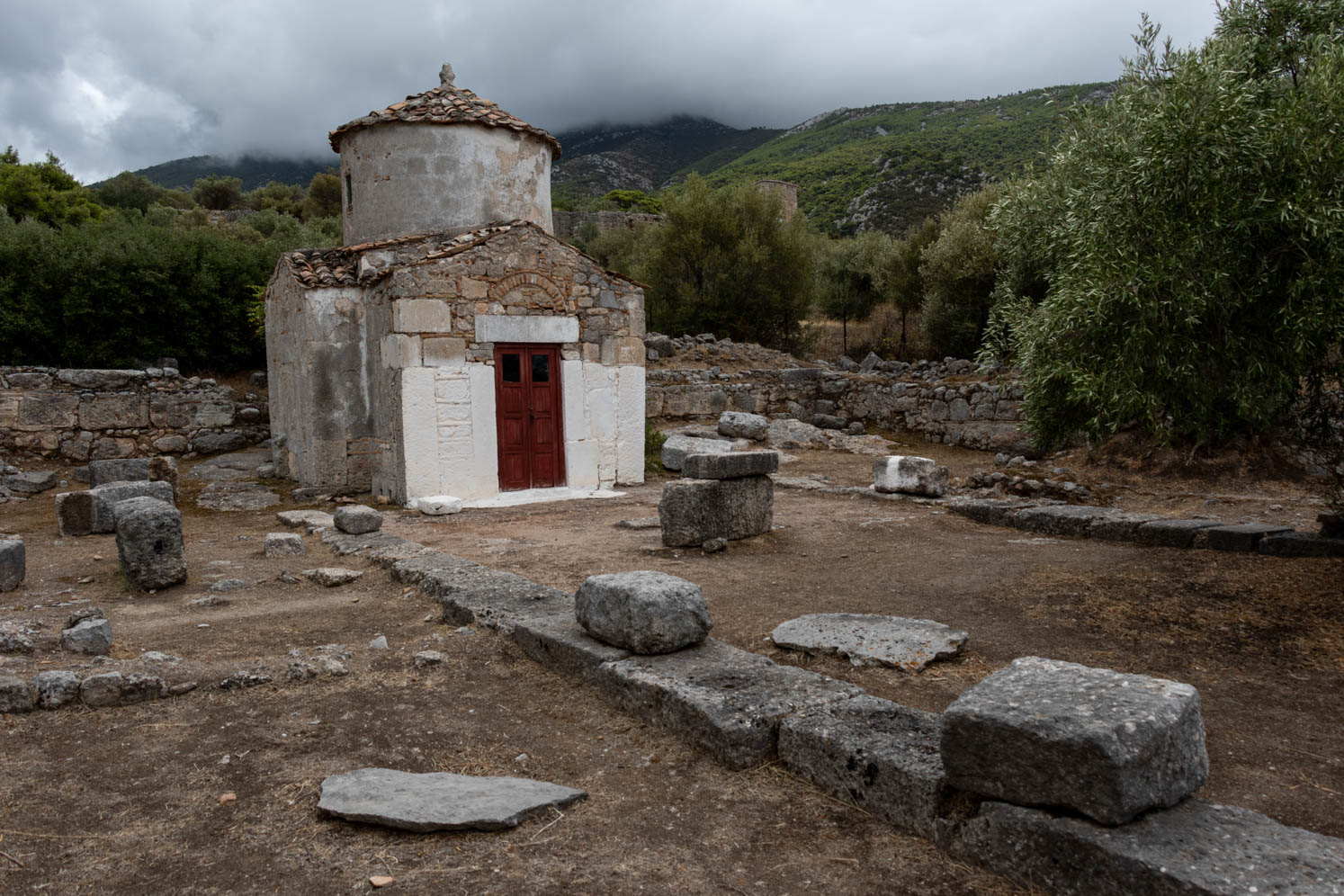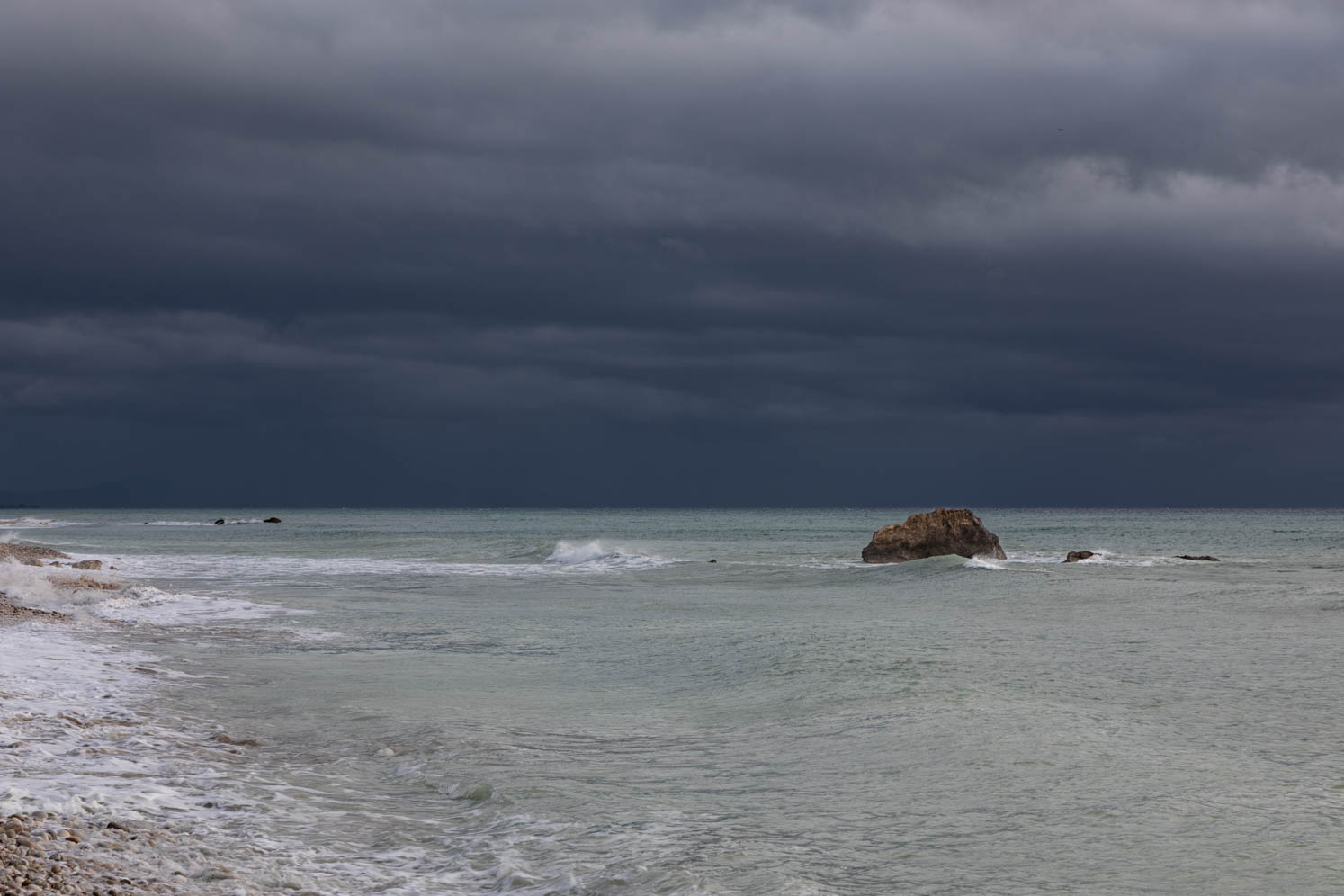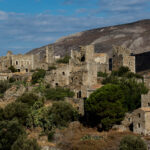Travelogue – Epirus and Central Greece 2021
Travelogue
Epirus and Central Greece 2021
After having finished our round tour on te Peloponnese, we fortunately had still a few days for making a trip to Epirus, to the Zagori. During this time of the year, mid October, it is Indian Summer in Epirus.
Photo series
Since we have recently organised our photos of our camper travels in Greece in Regions, the photos of the this particular journey can be found in our series Epirus, Western Greece and Central Greece and Attica.
The photo series can be found on SmugMug (click to activate the link). Here below, meant as a teaser, a selection of our photos:
Route
- Limni Vougliameni – Porto Germeno – Galaxidi – Delphi – Arachova – Ósios Lucás – Itea – Galaxidi – Kato Vasiliki.
- Kato Vasiliki – Amfilochia – Preveza – Koronnisía – Dodoni.
- Dodoni – Vikos -Vikos Gorge – Kipi – Tsepelovo – Ioannina – Igoumenitsa
The map here below shows the places we have visited this time. The icons indicate where we have taken our photos.
Highlights
Porto Germeno
A coastal town, when the weather is bad, has something sad. In fact, the weather was not good when we were there. Showers, with occasional sun, but for us photographers beautiful dark skies. The fortress made up for a lot, especially the two small churches.
History of the fortress (Source: American Hellenic News):
The ancient fortress of Aigosthena, in Porto Germeno in Western Attica, built in the second half of the 4th century BC, is one of the most imposing ancient military installations in Greece. It has now been extensively and carefully restored following the earthquake that occurred on the nearby Alkyonides Islands in the Gulf of Corinth in 1981. Built at the foot of Mt. Cithaeron, the stone walls stretch all the way to the sea at the inlet of Aigosthena, on the east side of the Gulf of Corinth, just 48 km from Athens.Aigosthena was near an ancient Greek fortified port city of Megaris, located 19 km northwest of the ancient city of Megara, to which it belonged. It is also the name of the coastal town at the foot of the old city walls, also known as Porto Germeno. The ancient citadel is famous for preserving some of the tallest surviving towers from the time of ancient Greece.The small church of the Virgin Mary and St. Anne was built on the ruins of the basilica in the 11th century. In the late Byzantine and post-Byzantine period, the acropolis was occupied by a monastery, whose ruins of monk cells have been preserved, along with the monastery church dedicated to Saint George.
Ósios Lucás
On our earlier trips in Greece and trips we made to Galaxidi we often visited Ósios Lucás.
The historic venerable monastery of Ósios Loukas (Hosios Lukas) on the slopes of Mount Elikonas was founded in the early 10th century by the hermit Saint Loukas, whose relics are kept in the monastery to this day. Saint Loukas was actually a military saint who prophesied the reconquest of Crete.
The relics are said to have released a sacred oil that had healing powers. The main sanctuary of the monastery is his tomb between the two adjacent churches of the old complex. The older church of Theotokos is the only known in mainland Greece built in the 10th century and the oldest example of cross-in-square architecture, similar to the style in Constantinople. The adjacent larger cathedral-like church dates to 1011, with the earliest existing domed octagonal construction with 8 piers around the perimeter.
The interiors were believed to be the most opulent in ancient times, and although there is much to see in terms of decoration and embellishment, not much remains of the original. Yet Ósios Loukás is a feast for the eyes, which radiates mystical energy in a naturally serene environment. Today, this religious complex is considered one of the most notable among the monuments of Middle Byzantine architecture and is a UNESCO World Heritage Site in Greece, alongside the monasteries of Daphnion and Nea Moni.
Source: Ecotourism Greece
Amvrakikós Gulf
Near Koronissía is the Amvrakikós Gulf National Park. A ‘Wetland’ with a lot of birds and a very beautiful landscape. Lagoons with the mountains at the background. The 6 kilometres long road through the lagoon to Koronissía is special. We have seen herons, cormorants, flamingos and even pelicans. On the way to a small harbour with brightly coloured fishing boats were some sweet stray dogs. They were happy with the food that our dogs wanted to share with them. As an exchange we were allowed to take some portrait photos of them.
Dodóni
Dodoni has one of the most beautiful amphitheatres in Greece. A unique archaeological site of Epirus, not far from the city of Ioannina. Not only the amphitheatre can be visited, but also the temple of Zeus (Hiera Oikia), the Acropolis of Dodoni, the temple of Dioni, the temple of Themis, the temple of Hercules and the temple of Venus. The amphitheatre is an integral part of the Dodoni archaeological site. The amphitheatre of Dodoni, at the foot of The Tomaros Mountain, accommodated 18,000 visitors.
This time of year, there was a nice atmosphere because of the autumn colours and low hanging clouds.
Zagori
Zagori (Greek: Ζαγόρι) is an area in the Pindos Mountains in the Epirus region of northwestern Greece. The area covers about 1,000 square kilometers and there are 45 characteristic villages, known as Zagoria (also called Zagorochoria or Zagorohoria). The population density is about five inhabitants per square kilometre, compared to 74 inhabitants per square kilometre for the whole of Greece.
When we lived in Greece, we visited the Zagori. Also, on our camper trip in 2017 we visited the Zagori. We were a bit too early for the autumn colouring then. Now we were at the right time for capturing the beautiful autumn colours. This is not a complete overview of the Zagori, but the photos of this trip and of our trip in 2017 give a good picture of the beauty of this unique area. But there still many areas in Epirus that we would like to discover and explore.
The bridges of Zagoria
Source: reislegende.nl
In Zagoria (Zagori) there are more than 40 mountain villages, which are connected by mountain roads. However, most roads were only built in the 1950s. Until that time, stone arch bridges and walking paths were used that connected the villages in an extensive network. More than 160 bridges in Zagoria have been preserved and are generally in very good condition. Most stone arch bridges were built in the 17th and 18th century to make it easier to get from one village to another. In many cases, the stone bridges replaced wooden bridges, which suffered heavily above the water.
This trip we have been to the following bridges:
- Captain Bear Bridge
- Geferi Kokkorou
- Mylos Bridge
- Lazaridi-Kontodimou Bridge
Vikos Gorge
Of the many gorges in Zagori, the Vikos Gorge is the largest and most photogenic. This imposing gorge starts between the villages of Monodendri and Koukouli and ends near the village of Vikos. It forms the heart of the Vikos-Aoös National Park and collects the water of several small rivers that together form the Voidomatis. The gorge has been eroded over millions of years by this tributary of the Aoös.
The Vikos Gorge is the deepest gorge in the world according to the Guinness Book of Records.
It is spectacular to drive with the camper in this area. Fortunately, the dimensions of our bus are modest. We spent the night in Vikos, next to the St.Tryphon church. A unique place. In Vikos is a viewpoint over the gorge. We also went to the Vikos balcony, near Monodendri, where we did some walking and took pictures. It’s a magical place. When you are at such a height, at the edge of this huge gorge, it just takes your breath away. Here, too, autumn coloured the area in warm colours.
The stone forest, very close to the Vikos balcony, is also an interesting area to walk through. Groups of stones, which are grouped in the landscape as works of art.
Tsepelevo
One of the most beautiful mountain villages in the Zagori. Beautiful old houses and a village square with a beautiful plane tree. The plane tree is one of our favorite trees. In Greece there is competition from the olive tree and the eucalyptus.
Comments are closed.

